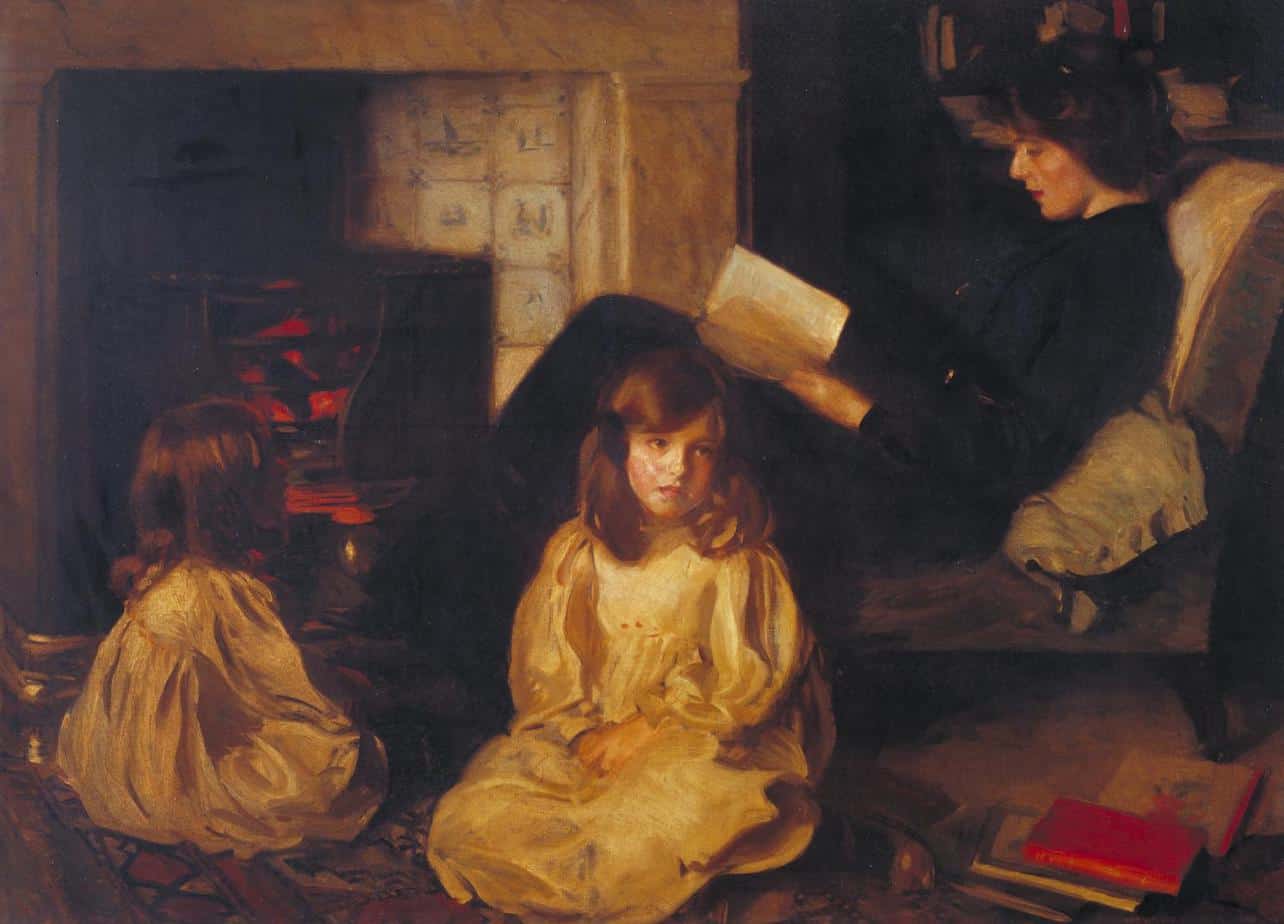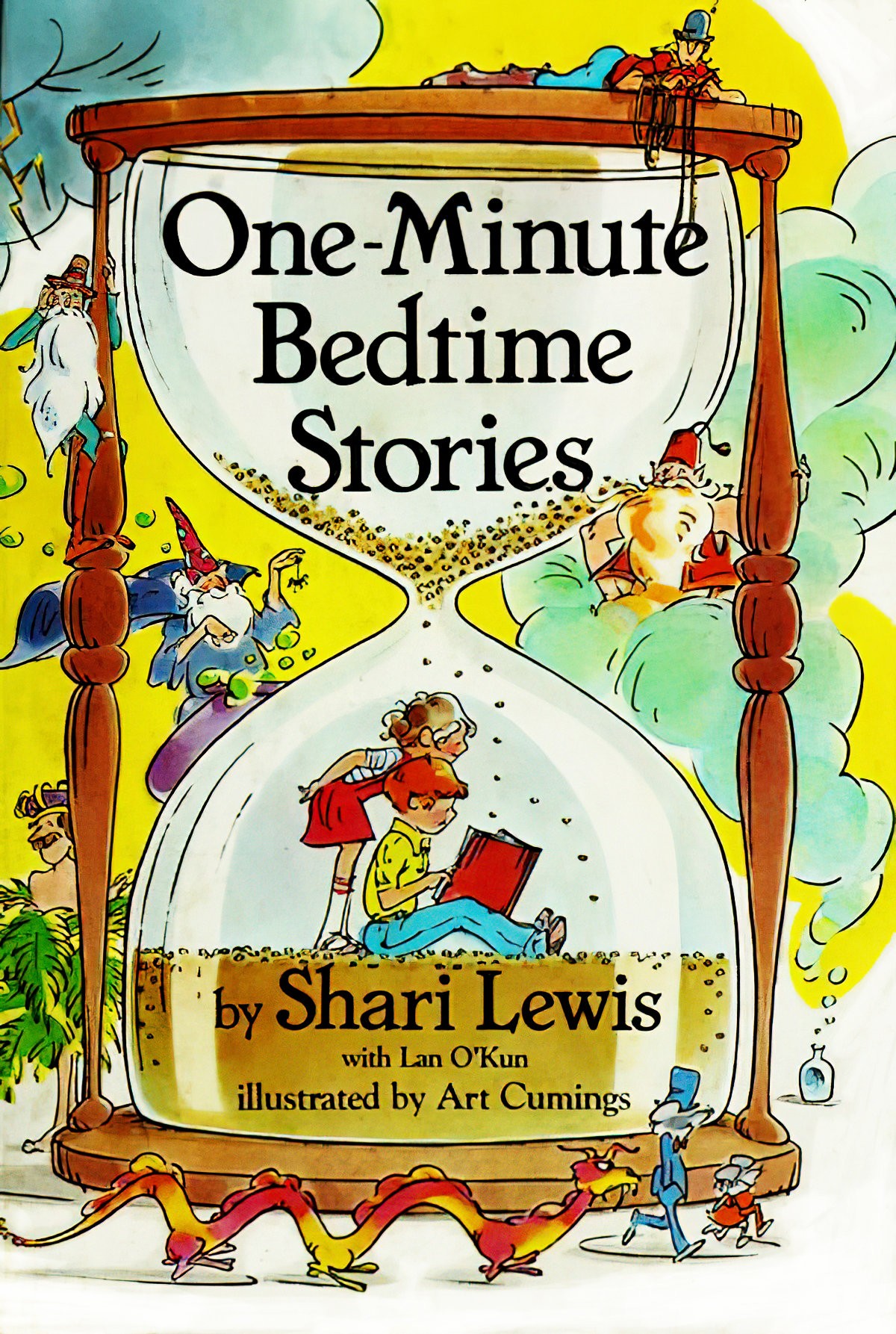This is my collection of fairytale links. I’m interested in fairytales from a writing perspective — how do fairytales help us to create new, contemporary stories?
TWO OF THE MOST IMPORTANT ELEMENTS OF FAIRYTALES
- the “serene, anonymous” voice in which it’s told
- the “conventional, stock figures” who inhabit it.
This is according to American poet James Merrill , as described at the opening of “The Book of Ephraim”.
THE ENDURING APPEAL OF CERTAIN FAIRYTALES
Boy George has said that the difference between a pop song and an unpopular song is repetition. The same can be said of many popular things, including fairy tales.
Many fairytales are harrowing. Nothing written fresh today would get published and heavily marketed for children if it included cannibalism and other child abuse. Yet many of us still read Hansel and Gretel to our children before bedtime. Perhaps my real question is: Why are popular fairytales so awful, and why are they still here?
Conservative Ethics
Fairytales do not become mythic unless they are in almost perfect accord with the underlying principles of how the male members of society seek to arrange object relations to satisfy their wants and needs.
Jack Zipes
The ethics of a fairytale are not completely static; they do evolve somewhat with the times.
As they spread, folktales evolve like biological species, from The Conversation
Pacing
Celerity: swiftness is a great virtue in the fairy tale. A good tale moves with a dreamlike speed from event to event, pausing only to say as much as is needed and no more. The best tales are perfect examples of what you do need and what you don’t: in Rudyard Kipling’s image, fires that blaze brightly because all the ashes have been raked out.
The opening of a tale, for example. All we need is the word ‘Once . . .’ and we’re off […]
The speed is exhilarating. You can only go that fast, however, if you’re travelling light; so none of the information you’d look for in a modern work of fiction – names, appearances, background, social context, etc – is present.
Philip Pullman
Comfort
Modern publishers know how most picturebooks are read: at night, by parents, to put their children to sleep. Harrowing as the content may be, a home-away-from home structure is considered essential for putting young kids to sleep, and fairytales provide just that. (At least, the enduring ones that get published over and over again.)
FAIRYTALE ANALYSIS AT THIS BLOG
- Beauty And The Beast
- Bluebeard
- The Emperor’s New Clothes
- The Foolish Wishes
- The Frog Prince
- Jack and the Beanstalk
- Hansel and Gretel by Neil Gaiman and Lorenzo Mattotti and anothr by Anthony Browne
- Into The Forest by Anthony Browne
- Hop O’ My Thumb by Charles Perrault
- Charles Perrault’s Fairytale Morals: Rewritten for a Modern Audience
- The Pied Piper Of Hamelin — part legend, part fairytale
- The Magic Porridge Pot
- Puss In Boots
- Rapunzel
- Rumpelstiltskin
- Sleeping Beauty
- The Three Billy Goats Gruff
- The Three Little Pigs
- The Juniper Tree
- Snow White and Rose Red
MODERN FAIRYTALES
Myths and folktales are assumed to be the very first stories in the history of humankind, closely related to rites of passage. Thus, a fairytale becomes a travel instruction for a young person on the way toward adulthood, directions on exactly how to behave in various situations. […] The hero’s task in a folktale is totally impossible for an “ordinary” human being, it is always a symbolic or allegorical depiction. Allegories (like Dante’s Divina Commedia or Bunyan’s Pilgrim’s Progress) are also travel instructions. But the addressee knows that you cannot die and then rise from the dead, nor be eaten by a whale and then come out again, nor descend into the realm of death, and so on. When the March sisters try to follow Bunyan’s instructions for a journey, they have to “translate” the allegory into more everyday conditions. […] The modern version of a travel instruction is formula fiction in all its forms: crime novel, science fiction, horror, romance, soap opera, and so on. The addressee of these texts also knows that the story has very little to do with life. On the contrary, the text is based on detachment, especially through its exotic settings and incredible events. Many scholars have noted the similarities between fairytales and formula fiction. As early as the 1920s Propp suggested that his model for folktale analysis could be applied to novels of chivalry and other texts with fixed narrative structures.
Maria Nikolajeva, From Mythic to Linear: Time in Children’s Literature

Interview with Maria Tatar from Kim Hill, Saturday Morning, RNZ, 2011
Maria Tatar chairs the Program in Folklore and Mythology at Harvard University, where she teaches courses in German Studies, Folklore, and Children’s Literature.

Maria Tatar is the author of Enchanted Hunters: The power of stories in childhood. ‘Enchanted Hunters’ is the name of the hotel in Lolita where Humbert Humbert does the bad thing. An edgy title was chosen to reappropriate that title for children because it describes so well what happens to children when they read. Children fall under a spell when they’re reading but they are also active seekers of meaning, looking for knowledge, trying to make sense of a world in which there is pain and violence and death. (Literacy specialists call this ‘ludic reading‘.)
Most of the old stories did have happy endings. The Hans Christian Andersen tales are sadistic, and those were inspired by stories told in spinning rooms where he had been eavesdropping. Modern audiences often have a different response to fairytales. As a child, one of the most heart-rending books on my shelf was The Little Match Girl. But The Little Match Girl does have an intended happy ending. The little girl goes to heaven and meets her grandmother.
The beauty of the fairytale in the oral storytelling tradition is that the child survives. The storyteller puts the child into the worst scenario possible, with villains, treachery, danger out in the world and yet, like Little Red Riding Hood, if you use your wits and are courageous, you can survive.
In the Grimms’ version of “Little Red Riding Hood” you may say the girl needs the hunter, but in the early versions recorded in 19th C France, Little Red Riding Hood outwits the wolf, managing to escape on her own, without patriarchal help.
Classic tales are elastic, shapeshifting into new versions of themselves. They are symptomatic of a culture, and deal with the issues that are profoundly important to us: Innocence and seduction in “Little Red Riding Hood”, Monstrosity and Compassion in “Beauty And The Beast“. These tales tap right into our cultural anxieties.
The Bedtime Story
When did we start the tradition and practice of the bedtime story? This isn’t easy to document. Little Women seems to have the first scene of reading where parents argue about what to do at bedtime — force the child to go to sleep or ‘coddle’ the child by reading to them?
Peter and Wendy is another foundational story and happens at night-time. This can be terrifying for children. The Lost Boys who have fallen out of their prams are a terrifying concept for a child. Where’s the comfort in all that? The Darling children do return home. Maybe this is more comforting for adult readers, because we learn that children always have this place for magic and enchantment. Many children are sensation seekers so they do need to be scared to explore imaginatively what will happen to them if they are taken away, if they go to a different and scary place. Above all, how do we get back home? Is there a way to get back home?
Now I lay me down to sleep…
This bedtime prayer is really quite dark. (If I should die before I wake…) That’s the time that a child’s thoughts turn.
Charlotte’s Web begins with Where’s Papa going with that axe?
Even the benign Goodnight Moon, ‘Goodnight noises everywhere’ suggests creepy things lurking in every nook. But the story ultimately reassures. Everything will be there in the morning. (The last sentence does pack a bit of a punch.) Children like to read this book over and over because the story reassures.
The Countdown To Sleep Story
The conundrum for parents putting children to sleep is that a good, exciting story can keep kids awake. Modern publishing offers titles such as One Minute Bedtime Stories. There are dozens of these books, ‘guaranteed’ to put your child to sleep. There are many ‘countdown to sleep’ type of plots.
This is a modern change. Children’s stories used to contain plenty of excitement, with chapters ending on cliffhangers, so of course children wanted to keep reading, much to the distress of some parents who were hoping the story would lull the child to sleep.

We’re desperate now to have our children read more, but it’s not long since having a child with its head in a book was a bad thing, and big readers were encouraged to go out and enjoy themselves in the sunshine. Many children today are still described as being ‘bookworms’ or voracious in a negative way. Negative connotations remain — reading as an antisocial activity. (The word ‘antisocial’ is most often used incorrectly. These people often mean ‘asocial’ activity, and in that they are still wrong.)
Books can be read in isolation. But what the book offers that real life cannot is the opportunity to see inside somebody’s mind, to really know what they’re thinking. Book characters can be like friends for a child. In real life we can’t mind read — people are always misrepresenting what they’re really thinking.
Some champions of electronic media say reading leaves little room for improvisation, social interaction and creativity. Maria Tatar is astonished that fairytales seem to thrive in a culture of electronic entertainments. Fairytales migrate well into many media, and can still provide a visceral entertainment. Fairytale get us talking about the characters, about the right thing to do in any given situation, and about how to manage in a world full of perils and opportunities.
It’s not the ‘reading’ — it’s the ‘story’. We reshape the messages and make them our own.
- Badjelly The Witch by Spike Milligan
- Breaking Bad And The Influence Of Fairytales
- Animal Kingdom: Modern Fairytale
- What is a fractured fairytale?
- The Stinky Cheese Man And Other Fairly Stupid Tales by Jon Scieszka and Lane Smith
- 8 Reasons Why Fairytales Are Essential To Childhood from Imagination Soup
- Are Fairytales Out Of Fashion? from Slate, who need to take a closer look at the story app world.
- Gender-swapped Fairytales which are anything but Grimm from The Mary Sue, and more at Huffington Post
- Top 10 Gruesome Fairy Tale Origins from ListVerse
- 49 annotated fairy tales, including their histories, similar tales across cultures, modern interpretations and over 1,500 illustrations
- Fractured Fairytales: An internet resource for the classroom from Read Write Think.
- The Plot Points Of Every Single Fairytale
- Fairytale Archetypes, a big mindmap
- Kay Nielson’s Stunning 1914 Scandinavian Fairytale Illustrations from Brainpickings
- Artistic Takes On 9 Different Fairytales from Mental Floss
- Sinch Art & Design released a series of minimalist posters.
- Why Can’t Hollywood Make A Decent Fairytale Movie? asks io9
- 10 Great Fairytale Films from BFI
- 9 Fairy Tales For Adults That Are WAY Better Than Disney from Huff Post Books
- 10 Totally Psychotic Fairytales That Hollywood Should Film Next, from io9
